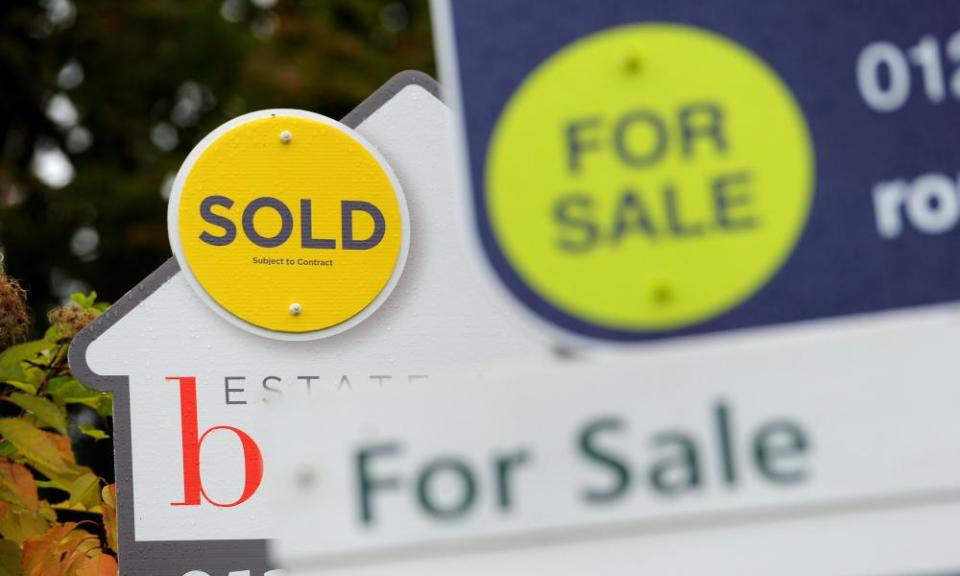First-time buyers hit 10-year high as buy-to-let property sales fade

The number of first-time buyers hit the highest level for a decade in 2017 while lending for buy-to-let has gone into retreat, according to official figures.
A total of 365,000 buyers took ownership of their first home last year, an increase of 7.4% on 2016 and the highest number since 2006, said UK Finance, the trade body for Britain’s banks. Its data showed that the average first-time buyer was 30 and had an income of £41,000.
Property experts said the government’s help-to-buy programme plus lower deposit and cheap mortgage deals propelled first-time buyers in 2017.
But in a sign that the boom may be waning, the figures for December show the number slipped compared with the same month last year.
The slowdown comes despite the stamp duty cut in the November budget, which is expected to save four out of five first-time buyers up to £5,000.
The raft of tax measures on buy-to-let introduced last year has sent the sector swiftly into retreat. There were 5,300 new buy-to-let house purchase mortgages completed in December, 17.2% fewer than in the same month a year earlier.
Paul Smee, of UK Finance, said: “2017 saw the number of first-time buyers reach its highest level in a decade, which is welcome news for those getting started on the housing ladder.
“But although the market remains competitive there is no room for complacency, with weaker December figures consistent with our market forecast of subdued growth this year.
“We are also seeing a less buoyant buy-to-let market, which continues to be impacted by recent tax and regulatory changes. This will continue to flatten gross lending volumes this year.”
Separate figures from the Office for National Statistics revealed that house price inflation in 2017 was 5.2%, taking the price of a typical UK home to £226,760.
Richard Snook, a senior economist at PricewaterhouseCoopers, said: “House price growth has outpaced average earnings growth for the fifth consecutive year, further ratcheting up the affordability challenge. Cumulatively, house prices have increased by 22% more than earnings between 2012 and 2017.”
However, more recent data from Halifax for January shows a swift deceleration in price growth. It said that house price inflation had moderated to 2.2% after price falls in January.

 Yahoo Finance
Yahoo Finance 